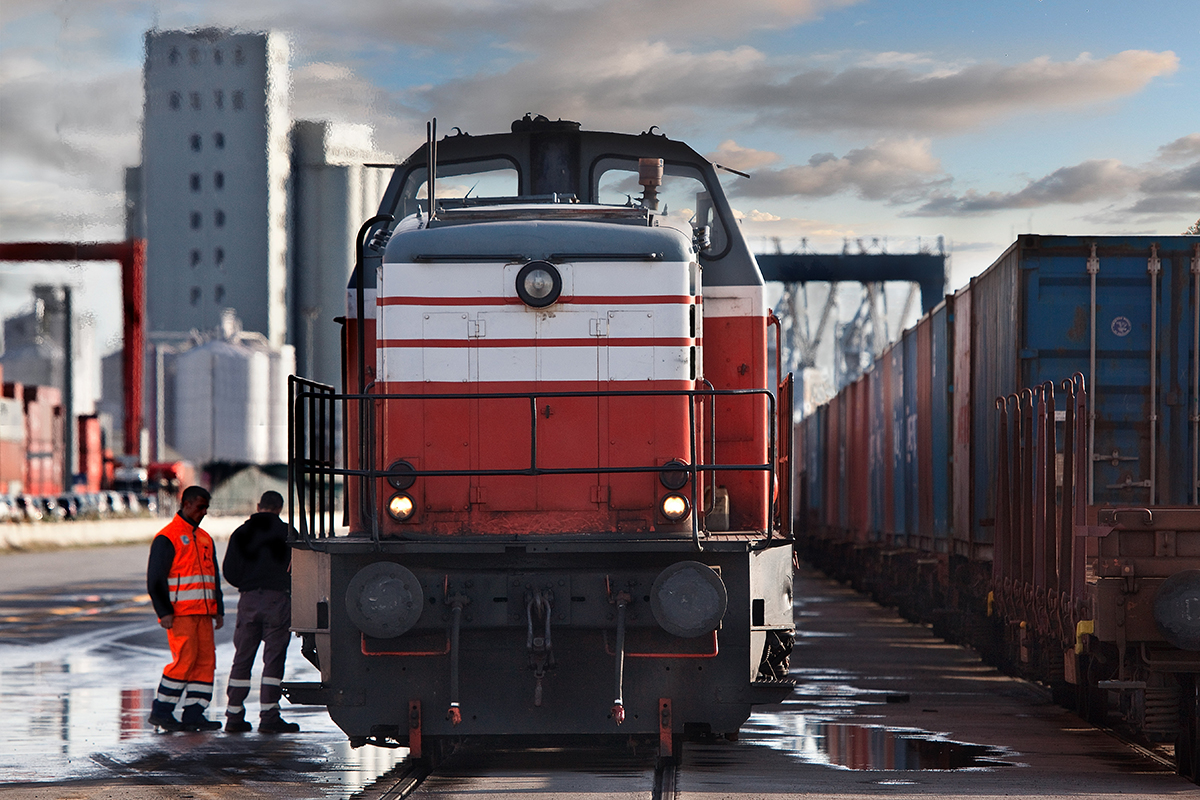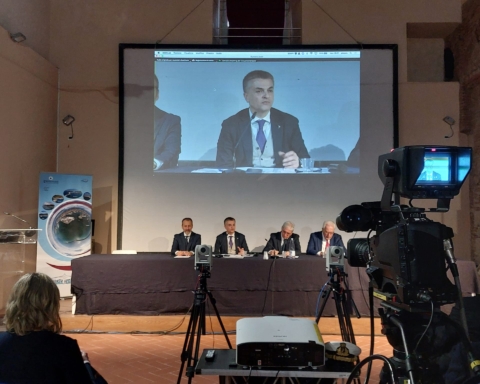The final evaluation is still to come. The decision, however, has been made. The railway development project, ‘Progetto Raccordo” which is currently in the planning stage, will be financed with the signing of the RFI (Italian railway network- Translator’s note) Programme Contract 2022-2026.
The top priority will be the first part of the project, i.e., the 300 million euros needed to build the currently non-existent railway link between the Amerigo Vespucci Freight Village and the Collesalvetti-Vada line.
Announcing the important decision was the Deputy Minister for Infrastructure and Sustainable Mobility, Teresa Bellanova, during the second meeting of the technical panel ‘Last Mile Emergency and Connections’, which was attended not only by local institutions and associations, but also by RFI top management and senior members of the Ministry itself (including, the director general for the supervision of the Port Network Authorities, Maria Teresa Di Matteo, the coordinator of the Ministry’s dept responsible for strategic planning, infrastructure development and supervision, Giuseppe Catalano, and the director general for railway infrastructure, Enrico Maria Pujia).
The president of Tuscany Regional Administration, Eugenio Giani, the mayor of Livorno, Luca Salvetti, the city councillor for port affairs, Barbara Bonciani, the president of Confetra Toscana (Tuscan branch of the Italian transport & logistics confederation- Translator’s note), Gloria Dari, and the president of Confindustria Livorno-Massa Carrara, Piero Neri, were also present.
The overpass between the port and the Vespucci freight village, already financed and under construction, together with the set of tracks on the line from Pisa to Vada, south of Livorno, represents a fundamental link for avoiding the Romito cliff tunnels which are now unsuitable for freight trains. This will also allow the port to connect, via the Pisa bypass (the second part of the project, still to be funded), to the Florence railway junction and, therefore, to the high-speed freight line.
During the meeting, the president of the Port Network Authority, Luciano Guerrieri, expressed his great satisfaction with the decision taken by the Ministry for Infrastructure and Sustainable Mobility and the work carried out by the technical panel, consisting of everyone present, speaking of a decisive turning point for the port’s land expansion projects.
According to Mr Guerrieri, with the forthcoming completion of the Darsena Europa seaward expansion project, the port will find itself handling between 1.2 and 1.6 million TEUs. Millions of twenty-foot containers will therefore have to be unloaded and forwarded to the hinterland, with inevitable negative repercussions on the operational efficiency of transport services.
“It is clear that road transport alone cannot meet new traffic needs. It is imperative to focus on intermodality and the railway,’ he emphasized.
The aim is to set up the conditions to increase the percentage of containers by train by 25% by 2030, with a medium-term forecast that envisages 30% of containers transported by train. At the same time, the Port Network Authority and the Guasticce cluster are studying, with the TOR (Trailers Onto Rail) project, the possibility of also transferring a portion of ro-ro traffic, one of the core businesses of the port of Livorno, to rail.
The Raccordo project therefore has its own strategic importance for a port that wants to take increasing shares of traffic away from road transport. And the Vespucci freight village becomes the reference point for this process.
“Reactivating the goods line with the Pisa-Collesalveti-Vada service will generate important repercussions on the operational efficiency of the entire area, with spill-over effects as far as Piombino, for which we are studying a direct rail link right up to the quayside,” Mr Guerrieri added.
“Now what is missing is the funding of the Pisa railway bypass, but today’s result is of great importance. I can only thank Deputy Minister Bellanova and the Ministry’s entire dept responsible for strategic planning, infrastructure development and supervision for having grasped the importance of this work. I would also like to thank the President of Tuscany Regional Administration, Eugenio Giani, who has never failed to support us.
Translation by Giles Foster




